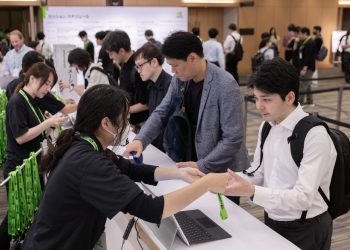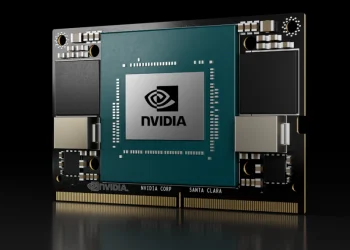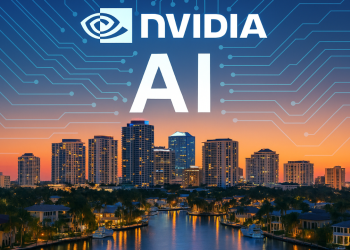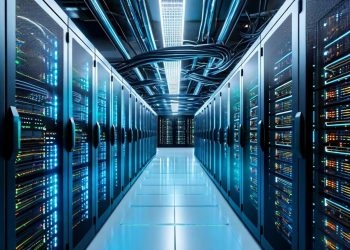AI agents are rapidly evolving, but achieving true autonomy requires advanced reasoning capabilities. By enabling AI agents to deconstruct complex problems into logical reasoning pathways, developers can create more intelligent, adaptive, and decision-making models that emulate human-like cognition.
At GTC 2025, NVIDIA’s Wenwen Gao and Shyamala Prayaga will explore how to build and customize reasoning models using the NVIDIA NeMo framework. This session will demonstrate techniques for enhancing AI agents in industries such as healthcare, finance, customer support, and supply chain management.
Why Advanced Reasoning is Critical for AI Autonomy
Current AI models often struggle with complex problem-solving and contextual decision-making. To bridge this gap, AI reasoning models must: ✔ Break down complex tasks into step-by-step logical processes
✔ Adapt dynamically to changing environments
✔ Self-correct errors and improve through learning
✔ Provide human-like interpretations in reasoning-based tasks
Applications of Advanced Reasoning AI
✅ Healthcare – AI agents can analyze medical records, recommend treatments, and assist in diagnostic reasoning
✅ Finance – AI can assess risk, detect fraud, and provide autonomous trading strategies
✅ Customer Support – Intelligent virtual assistants can understand complex user queries and provide precise solutions
✅ Supply Chain – AI can optimize logistics, predict disruptions, and streamline decision-making
Building Custom Reasoning Models with NVIDIA NeMo
The NVIDIA NeMo framework provides a powerful ecosystem for custom AI model development. It allows developers to: ✔ Train and fine-tune models using open-source LLMs like DeepSeek-R1, Llama, and Nemotron
✔ Leverage distillation to compress and optimize models for reasoning tasks
✔ Use reinforcement learning to improve agent-based decision-making with OpenRLHF
Key Techniques for Developing AI Reasoning Models
1. Distillation for Efficiency
Distillation is a technique that helps reduce the size of large AI models while retaining core reasoning capabilities.
✔ Improves efficiency by transferring knowledge from large models to smaller, faster models
✔ Reduces computational costs for deployment
✔ Enhances real-time decision-making
2. Reinforcement Learning for Better Decision-Making
Reinforcement Learning from Human Feedback (RLHF) enhances AI reasoning by:
✔ Refining AI agents based on real-world feedback
✔ Improving long-term reasoning by optimizing reward-based decision-making
✔ Helping AI agents self-correct and adapt dynamically
3. Leveraging Open-Source Models
Using pre-trained models like DeepSeek-R1, Llama, and Nemotron, developers can:
✔ Fine-tune reasoning models for specific industry applications
✔ Customize decision-making capabilities
✔ Improve contextual understanding and problem-solving
Advancing AI Autonomy with NVIDIA NeMo & OpenRLHF
By integrating NeMo and OpenRLHF, AI developers can build highly autonomous AI agents that: 🚀 Think critically and break down complex reasoning tasks
🚀 Act autonomously with enhanced decision-making skills
🚀 Continuously improve through reinforcement learning
Conclusion
The future of autonomous AI agents lies in advanced reasoning. With NVIDIA NeMo, developers can build smarter, more adaptive AI systems for enterprise applications.
🔗 Join NVIDIA’s session at GTC 2025 to explore how reasoning AI can revolutionize industries and transform autonomous decision-making. 🚀







